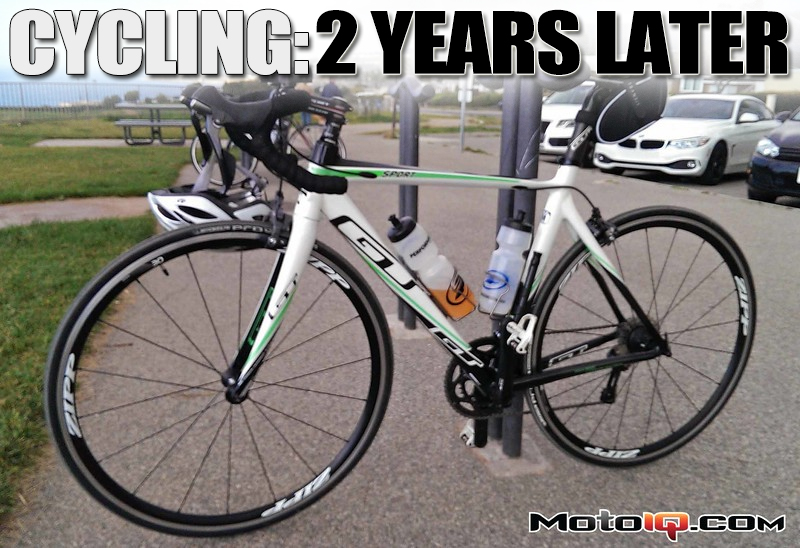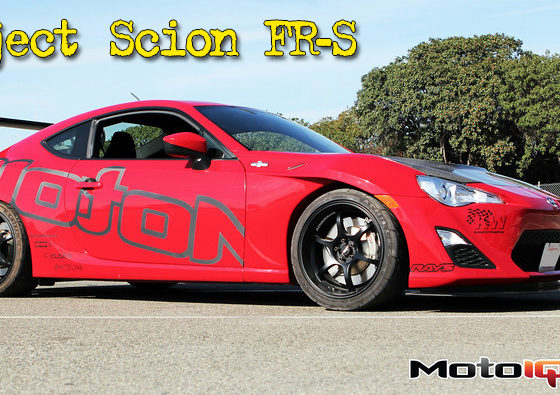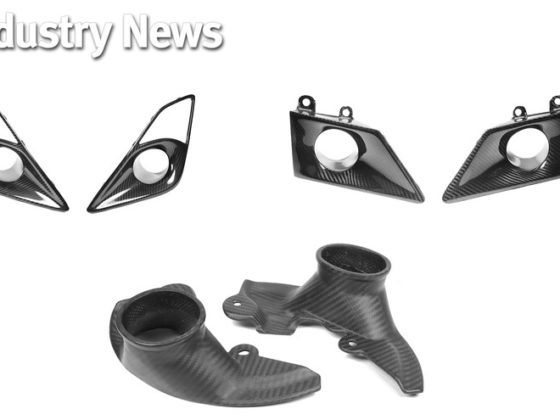
Cycling: Two Years Later – Upgrades!
Khiem Dinh is an engineer for Honeywell Turbo Technologies at the time of this writing. All statements and opinions expressed by Khiem Dinh are solely those of Khiem Dinh and not reflective of Honeywell Turbo Technologies.
The first major parts to wear out were the wheels. The wheels that came on the bike were Mavic Sports with Shimano 105 hubs. They are just a basic wheel set that gets the job done. After a while, I found myself having to true the rear wheel often; this is the process of straightening wheel rim out so there’s no wobble when then spin. Then on one ride, I hit one particularly bad pothole which taco’d the rear rim a bit. I was able to straighten the rim out mostly left-to-right, but now it was slightly egg-shaped. I rode on it for a few hundred more miles like that before I got fed up of having to true the wheel after almost every ride.
 Enter the new set of Zipp 30 aero wheels. These wheels saved about a pound in weight for the set versus the previous Mavic Sports. Not only that, but they have a moderate aero profile for reduced drag. When I installed the Zipp 30 wheels, I also put on Michelin Pro4 Endurance tires.
Enter the new set of Zipp 30 aero wheels. These wheels saved about a pound in weight for the set versus the previous Mavic Sports. Not only that, but they have a moderate aero profile for reduced drag. When I installed the Zipp 30 wheels, I also put on Michelin Pro4 Endurance tires.
 On the left is the new Zipp 30 wheel with the aero profile. On the right is the old Mavic Sport with non-aero profile being more rectangular. To reduce aero drag even more, the Zipp 30 wheels use blade profile spokes instead of round spokes in order to slice through the air.
On the left is the new Zipp 30 wheel with the aero profile. On the right is the old Mavic Sport with non-aero profile being more rectangular. To reduce aero drag even more, the Zipp 30 wheels use blade profile spokes instead of round spokes in order to slice through the air. Here is one more look at the aero profile of the Zipp 30 wheel. You can see how the spoke attaches at the pointy part of the rim profile. Looking back at the old Mavic Sports, the rim is flat where the spoke attaches; i.e. not good for drag. You can also see how the spoke transitions to the blade profile from round where it attached to the rim.
Here is one more look at the aero profile of the Zipp 30 wheel. You can see how the spoke attaches at the pointy part of the rim profile. Looking back at the old Mavic Sports, the rim is flat where the spoke attaches; i.e. not good for drag. You can also see how the spoke transitions to the blade profile from round where it attached to the rim.Oh yeah, just like car brakes, the bicycle brake pads need to be bedded in to the new braking surface; in this case, the rim of the wheels. There's a hill I go down where I often hit 40mph and at the bottom of the hill is a stop sign. So I'm cruising down at my usual 40mph when I go for the brakes. They grab for a bit and I'm probably down to about 25mph when I get green fade of the pads. Well, that sucked. I was able to get down to about 10mph and fortunately there were no cars at the intersection.
 Part of the weight savings can probably be attributed to the Zipp wheel skewers. The handles on these are relatively short for reduced weight and small in diameter for reduced drag.
Part of the weight savings can probably be attributed to the Zipp wheel skewers. The handles on these are relatively short for reduced weight and small in diameter for reduced drag.


